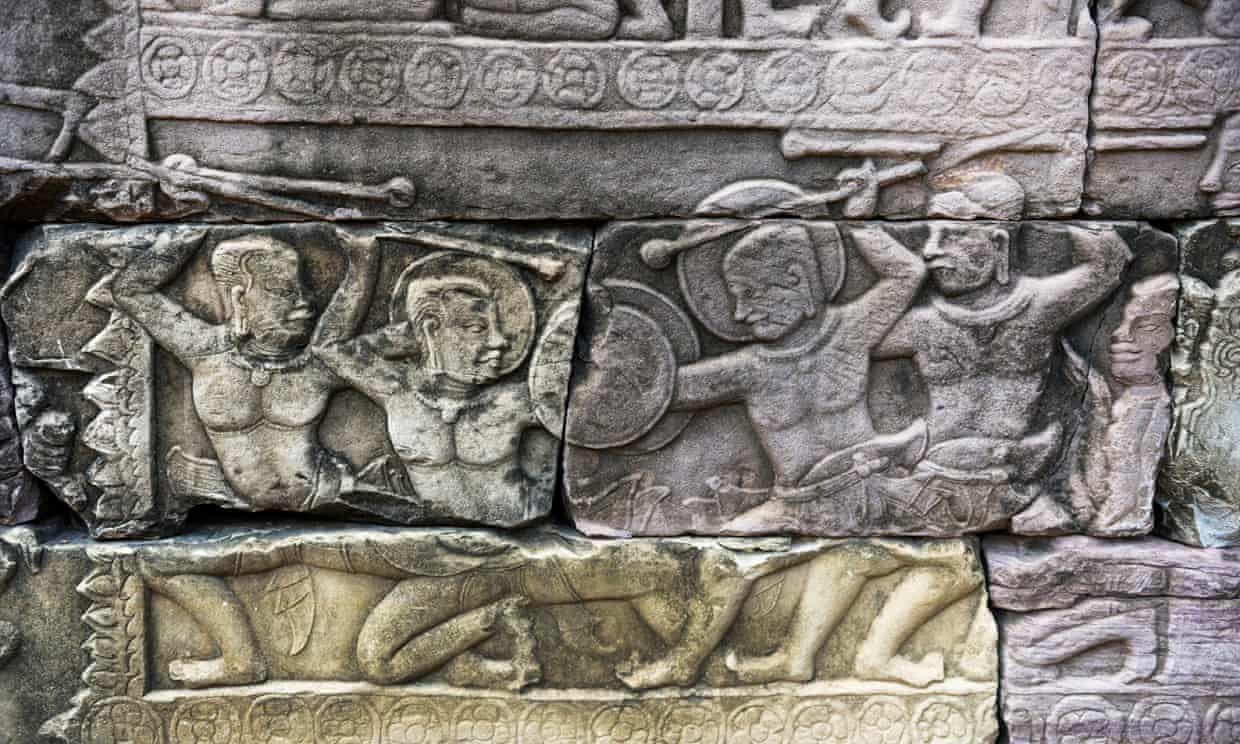Two interesting posts from long time correspondents (what do you call a person whose blog you read on a regular basis?).
Over at
Hammered Out Bits, Darrell Markewitz, the Norse reenactor and craftsman, brings his own perspective to the question of interpreting small objects. This artifact sparked a discussion about what it actually represents or how it can actually be used to establish details of Norse costuming.
Says Darrell:
...no matter how much you work with artifacts, you never really understand then until you see them in life, actually before you. Reading the measurements does not really impact you. Almost everything is either way SMALLER, or way LARGER in actual truth, than what you imagine it is.
That's the core of his post, but
it's actually worth looking at it to see why Darrell thinks this. Well illustrated!
Then there is Professor Grumpy over at
Historian on the Edge. He is writing a new book about how historians have not only lost control of history, but are in danger of being excluded from it. Sounds cranky? More like appalling, actually. In the sense that he is describing an appalling situation.
This reminds me of a time maybe twenty years ago when a well-known Canadian scholar, an historian actually, was arguing that we should reorganize Canadian academia on the model of "real countries." Reading this summary of how a real country (UK) does things, I am just glad that we have avoided reality so far.
Anyway, I highly recommend Prof. Grumpy's first chapter, and I congratulate him on maintaining his calm in the face of a situation that he must find intolerable.





